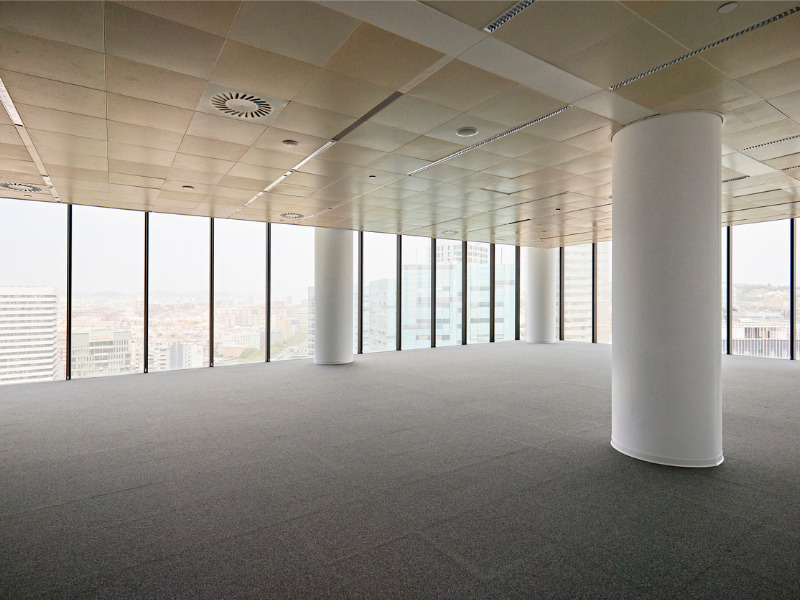What’s driving challenges in commercial property?

Challenges in the Canadian commercial property insurance market continue to be a focal point throughout 2023, primarily driven by NatCat concerns and reinsurance costs, Aon said in its Fall 2023 Insurance Market Update Canada report.
“The property market continues to be a dynamic space with persisting rate increases, valuation scrutiny and capacity contractions,” Aon said in the report, released last week. “Underwriting continues to be highly individualized, with risks in susceptible geographies (e.g. NatCat exposed) and perceived high-risk exposures experiencing the most acute and significant market challenges.”
Despite more orderly mid-year reinsurance renewals, catastrophic weather events are having a material impact on the market, Aon reported. As well, climate change concerns will be heavily weighed in underwriting risk exposures, increasing the need for sophisticated modelling and risk quantification tools to better understand and manage risk.
Canada has already seen its fair share of NatCats this year. Several storms that hit Alberta and the Prairies over the past few months resulted in more than $300 million in insured losses, flooding in Nova Scotia in July cost insurers more than $170 million, while Nova’s Scotia’s Tantallon wildfire in late spring cost more than $165 million. That’s not counting other disasters, including wildfires throughout Canada — which DBRS Morningstar predicts will cost Canadian P&C insurers between $700 million and $1.5 billion — and potential losses from post-tropical cyclone Lee.
Overall, the Canadian insurance market remains a transitional space. A conservative market environment continues as uncertainty around economic and social inflation, geopolitical tensions, rising catastrophic weather losses, and supply chain and labour challenges persist, Aon’s report said. “However, there is optimism within the market with moderate competition returning as insurers look for growth opportunities with a particular emphasis on well-performing risks.”
Still, underwriting continues to be very individualized to the risk profile as insurers balance growth with profitability. Pricing in general remains “moderate,” and current markets are expanding their appetite in casualty, financial and professional lines, creating a more favourable market for clients.
“The property market continues to remain more challenging with increases to rate, retention, deductibles and imposed coverage restrictions,” the report said. “The market may see an expansion in appetite and capacity moving into Q4 as insurers strive to meet year-end targets.”
In commercial property, insurers have maintained a highly technical and rigorous underwriting discipline that requires complete, fulsome submissions from brokers. This includes loss reports, demonstrations in capital investment on risk improvement, evidence of a valuation methodology, and responses to prior risk control recommendations.
There is also growing interest in using parametric insurance to supplement property programs and bridge coverage gaps, Aon said in the report. While used more predominantly in the U.S., this blended approach is being deployed particularly for concentrated NatCat exposures, deductible in-fills, non-damage business interruption, and resilience strategies.
Aon said clients planning property renewals should consider the following:
Reporting the same property values from the previous renewal will raise a ‘red flag’ to underwriters
Underwriters expect higher property and BI values
Be prepared to explain property values and the methodology used to calculate the values across criteria
Increased values with a flat rate will likely result in increased premiums.
Feature image by iStock.com/xavierarnau







